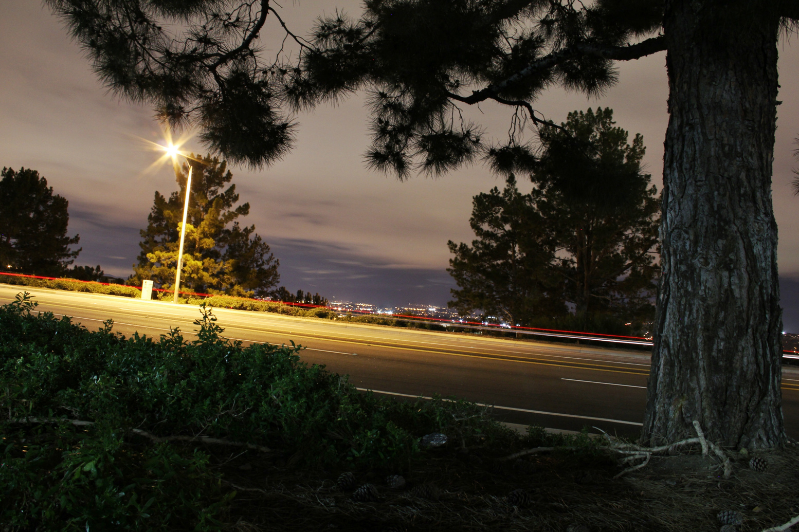Cities worldwide have pledged to plant more trees to “greenify” the city. There are campaigns led by public councils and private organizations that aim to promote tree canopies to mitigate the effects of climate change. However, many of these trees don’t survive or thrive in the city, making tree-planting a complicated endeavor, especially in urban environments.
At the same time, there are mature trees in danger of being cut down for safety or development purposes. Many cities have tree protection codes; however, that doesn’t stop loggers from cutting down these trees if it becomes harmful to the surrounding environment. As members of our communities, is there a way to sustain our urban forests or grow one if there aren’t any?
Restore balance to urban ecosystems
Being exposed to nature is good for our mental health, physical health, and well-being. As more people live in cities, we must plan neighborhoods with sufficient green cover and stay connected to our natural environments. Although ample research points to the benefits of tree canopies in reducing air pollution and urban heat, it is costly, and therefore proper planning is key to a city’s sustainability.
Although planting trees may seem like a counterintuitive solution to challenges such as lack of open spaces or traffic congestion, it’s something we should consider for its long-term impacts. Restoring the balance means we are saving the environment to enhance people’s well-being, not at its expense. We must make smart choices such as choosing tree species that don’t use a lot of water, even if they are slow growers – at least they are strong.
Protect wildlife from wildlife
Trees can encourage the return of birdlife. While biodiversity is good for forests to grow faster, it’s also possible that invasive bird species can find the trees and destroy them. Ensuring that the trees reach maturity is the most significant objective of tree-planting activities.
On the other hand, wildlife has natural rhythms that could repair damaged ecosystems. Restoring landscapes can be done in cities with the right resources and knowledge. Inclusive communities will have differing opinions, but what’s important is that we let our urban environments heal so that we may heal.
Engage volunteers
Massive tree-planting initiatives encourage the public to participate, but the challenge exists in the post-planting activities. Studies have shown that not all reforestation projects are practical because of poor care management and insufficient maintenance. Although we can keep on planting tree saplings to replace those withered, time is crucial, especially as we fight climate change.
Raising awareness of environmental issues and joining conservation groups can be good. As trees won’t be able to offset carbon until they’ve matured, we must take the perspective of “plant parents” who want to see their children grow into adults before trusting that they can be left on their own.

